Proper install for flagstone steps & walkway?
piscesgirl
13 years ago
Related Stories

GARDENING GUIDESHow to Install a Drip Irrigation System
Save time and water with a drip watering system in your vegetable garden — a little patience now will pay off later
Full Story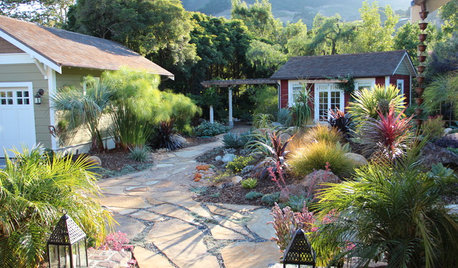
GARDENING AND LANDSCAPINGPave the Way to Landscape Style With Flagstone
Define a patio, build a path, make a fire pit ... learn about flagstone's many uses, plus costs and considerations, here
Full Story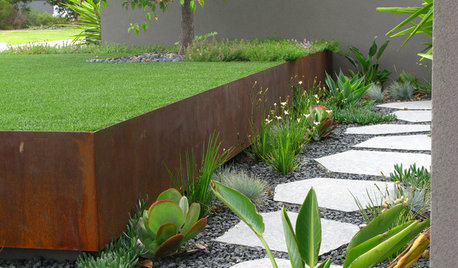
LANDSCAPE DESIGN7 Questions to Ask Before Laying Stepping Stones
These broken-up pathways invite you to put a spring in your step — while adding functionality to the garden
Full Story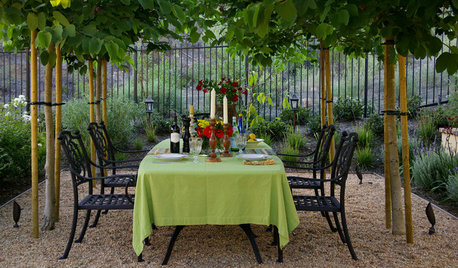
LANDSCAPE DESIGNEnjoy the Romance of Dining in a Classic Gravel Garden
Here’s what to consider when it comes to installing, styling and maintaining a DIY-friendly gravel patio
Full Story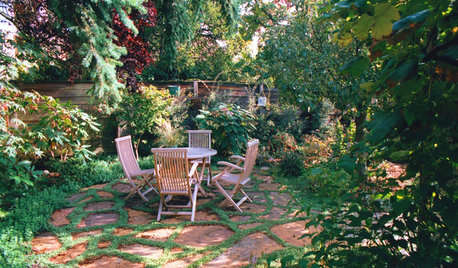
GARDENING AND LANDSCAPINGPavers for the Perfect Patio and Path
3 Landscape Designers Share Tips on Paver Materials, Installation and Cost
Full Story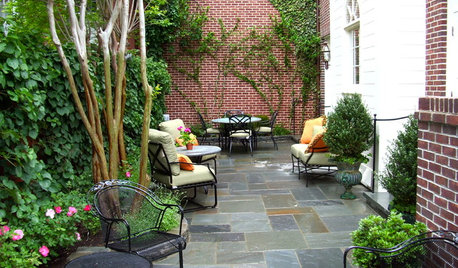
GARDENING AND LANDSCAPING4 Steps to the Perfect Garden
Here's How to Create a Landscape for the Way You Want to Live
Full Story
DREAM SPACESStep Inside a Luxurious Pool House and Spa
This Montana pool house takes inspiration from Japanese design and the beauty of its surroundings
Full Story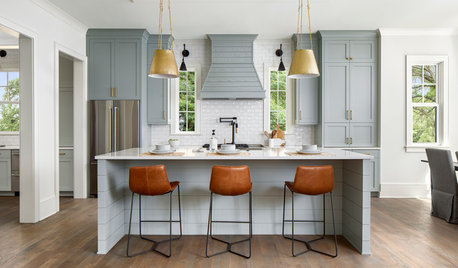
MOST POPULARHow Much Room Do You Need for a Kitchen Island?
Installing an island can enhance your kitchen in many ways, and with good planning, even smaller kitchens can benefit
Full Story
FLOORSHow to Get a Tile Floor Installed
Inventive options and durability make tile a good choice for floors. Here’s what to expect
Full Story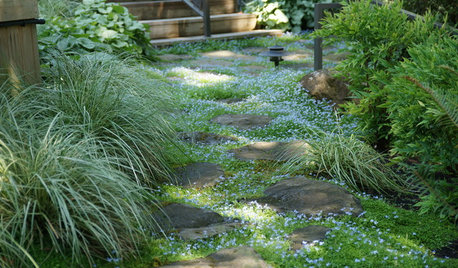
LANDSCAPE DESIGNHow to Pick the Right Floor for Your Garden Room
Crunch the facts on gravel, flagstone, brick, tile and more with our mini guide to outdoor flooring surfaces
Full Story








artdeco
piscesgirlOriginal Author
Related Professionals
Milford Landscape Contractors · Surprise Landscape Contractors · Surprise Landscape Contractors · Melrose Landscape Contractors · Saint Paul Landscape Contractors · Southbury Landscape Contractors · Bensenville Landscape Contractors · American Fork Decks, Patios & Outdoor Enclosures · Dedham Decks, Patios & Outdoor Enclosures · Reading Decks, Patios & Outdoor Enclosures · Saint Louis Park Decks, Patios & Outdoor Enclosures · St. Louis Decks, Patios & Outdoor Enclosures · Canyon Lake Stone, Pavers & Concrete · Folsom Swimming Pool Builders · Placentia Swimming Pool Builderslaag
c2g